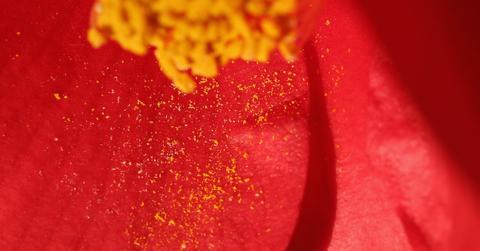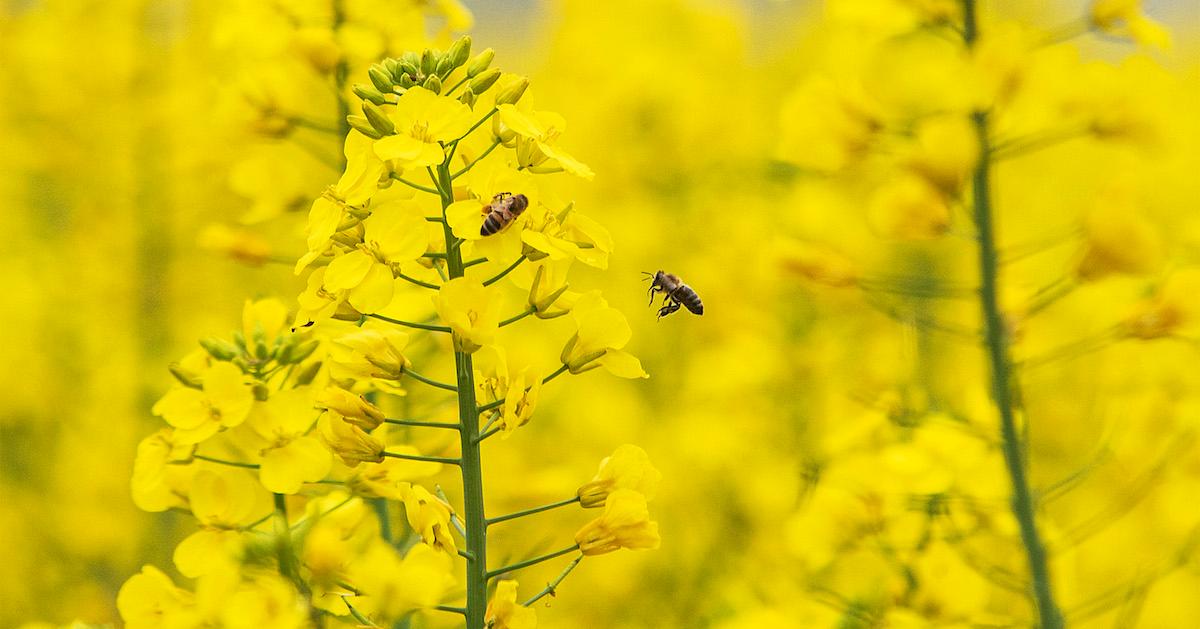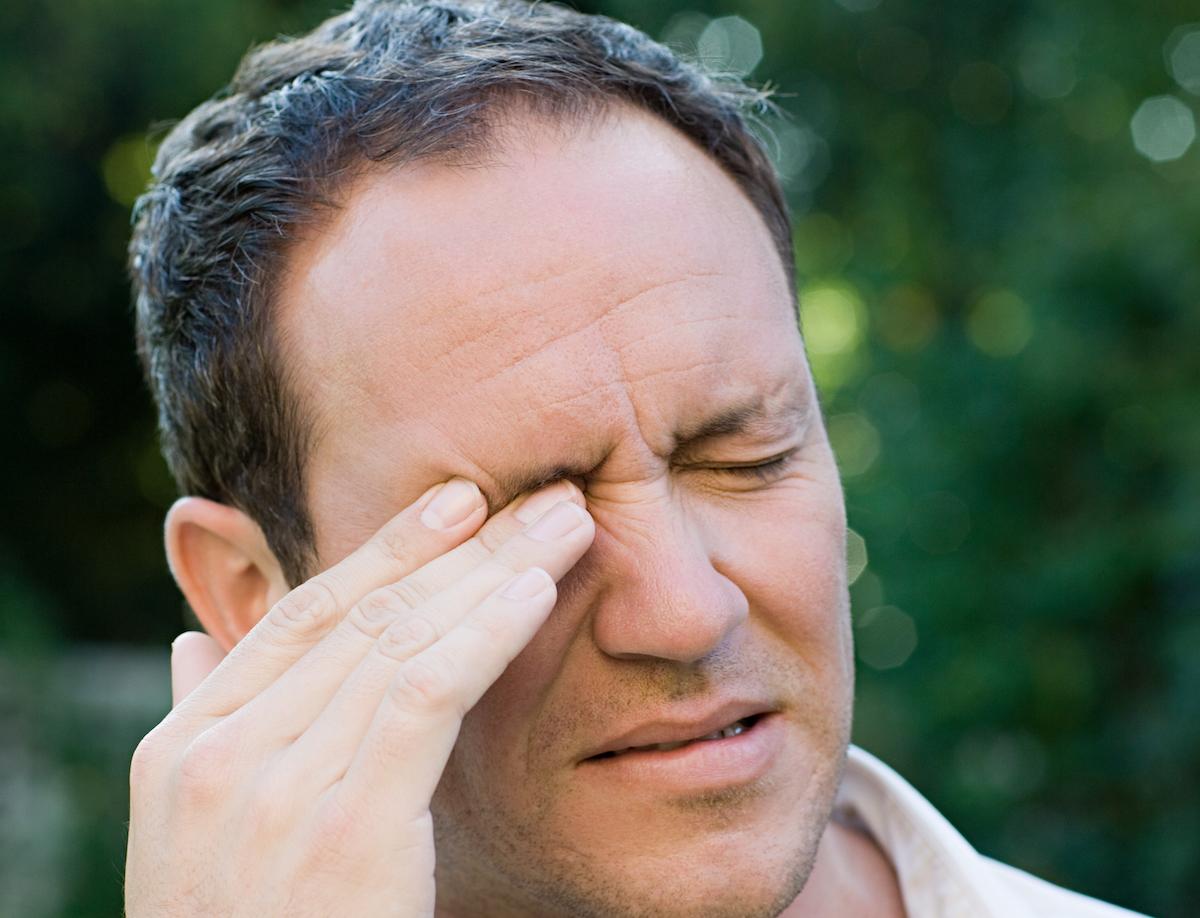Pollen Season Is an Annual Ordeal for Many, but How Long Does It Last?
Published May 28 2021, 11:56 a.m. ET

If you have pollen allergies like me, then you know how irritating they can be. Itchy, watery eyes, runny nose, hives, coughing — allergy season is certainly no picnic. Perhaps the most annoying prospect of allergies is that they tend to hit just as the weather is becoming pleasant enough for us to spend time outdoors. This is because increases in temperature usually result in an uptick in pollen production. But if allergy season starts in early spring, how long does the pollen season last?

How long does pollen season last?
As winter melts away into spring, the days become longer and sunnier. Trees, plants, and shrubs that have spent all winter bereft of leaves are using the newfound head and stored energy to grow and change. It is around this time in the Northern Hemisphere, around March or April, to be precise, that the pollen season officially starts. In most temperate areas, this season lasts up to seven months.
According to the Cleveland Clinic and the expertise of allergist-immunologist David M. Lang, MD, pollen seasons come in different stages. For instance, tree pollen generally begins in March or April, while grass pollen arises in the middle of May, and ragweed shows up from August on.

What are the worst months for pollen?
This is something of a subjective question. For one thing, not everyone is allergic to the same types of pollen, so different months along the pollen season spectrum might affect them differently. In addition, those who have additional allergies such as animal dander or dust might have a harder time than those with only hay fever.
When is pollen season over?
According to Comprehensive Allergy NYC, most of the spring and summer pollen allergies usually die down around September or October. Tree pollen, which can start as early as February, is usually gone by May, but grass pollen might persist through the high temperatures of July and August.
Fungus and mold spores often begin to churn up just as grass allergies begin to come to a close. At the same time, weed pollen begins to rear its ugly head. As the winds rise and the fall starts to roll in, molds, weeds, and fungus begin to take root in our slowly dying garden beds and piles of leaves. Ragweed, the most common fall allergy, might even continue into November and the effects and spread of that pollen might be made worse by particularly wet or windy autumns.

Does climate change affect pollen season?
According to Women’s Health, climate change has been moving up the pollen allergy timetable for some time now. Dr. Corinne Keet of Johns Hopkins University School of Medicine indicates that pollen season has been arriving 20 days earlier than it did back in 1990. The warmer climate has also resulted in about 20 percent more pollen as well.
Pollen numbers have been so bad in recent years that news stations and websites are warning many allergy sufferers, specifically those with asthma and other serious reactions, are being warned to stay indoors on the most pollen-rich days.